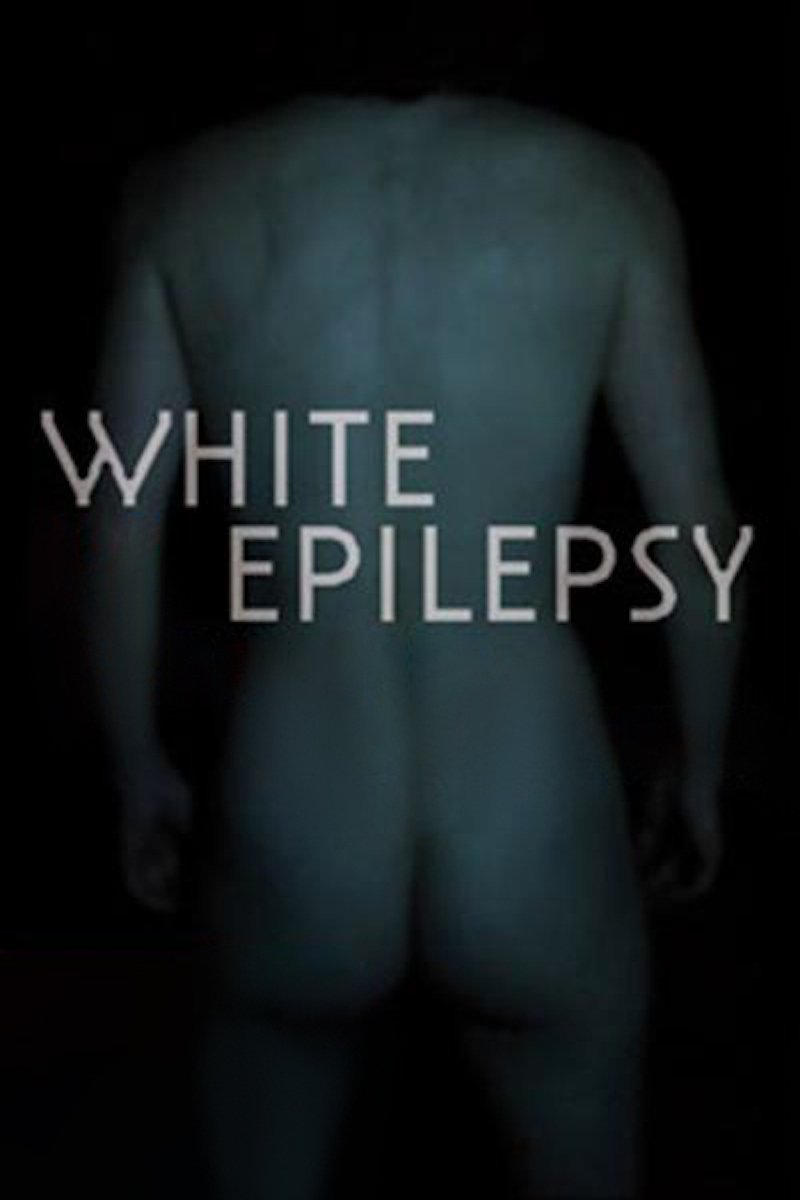
2012
FR
White Epilepsy
Where do images come from? This disturbing and essential question is posed by Philippe Grandrieux, and he already imposed it on himself the start, via Sombre (1999) up to the portrait recently devoted to Masao Adachi (FID 2011). From where, then? Maybe from the depths behind our eyes, ungraspable visions, night in suspension, promise of the end of an eclipse, between dream and nightmare. This is the start (and in truth the programme) of White Epilepsy. In a darkness barely broken by light, a mass advances: a nude back, in a long shot entirely centred on the shoulders.

movie
68 MinutesCollection
(3)

White Epilepsy
Where do images come from? This disturbing and essential question is posed by Philippe Grandrieux, and he already imposed it on himself the start, via Sombre (1999) up to the portrait recently devoted to Masao Adachi (FID 2011). From where, then? Maybe from the depths behind our eyes, ungraspable visions, night in suspension, promise of the end of an eclipse, between dream and nightmare. This is the start (and in truth the programme) of White Epilepsy. In a darkness barely broken by light, a mass advances: a nude back, in a long shot entirely centred on the shoulders.

Murderess
In the second part of the trilogy on anxiety (in continuation of White Epilepsy), the only light source that reflects on the screen is the naked human body. Its surface, full of bones and muscles, flexes and vibrates in a frantic rhythm. The livelier the reflection, the deeper a viewer feels his/her mortality, as he recognizes between the convulsions the forces he/she cannot control.

Unrest
Unrest is the third movement of a triptych by Philippe Grandrieux whose common thread is anxiety. A body as a return from the depths of time, an archaic body that we do not know and which nevertheless continues to project in us its shadow, its anxiety.
